- Preheat oven to 350F. If the pan does NOT have a removable bottom, line it with foil (it will help you lift the finished dessert out). If the pan DOES have a removable bottom, butter the bottom and sides.
- Melt the butter and whisk in sugar and salt. Sift and mix in the flour.
- Press into a ¼” thick layer at the bottom of the prepared pan (you can make it curl slightly up the sides to help keep the filling/topping from sticking too much to the sides) and bake for about 25 minutes, until golden brown (this is a little crispier than normal shortbread cookies). Take out and set on a cooling rack. Prick the surface lightly all over with a fork - only halfway through the shortbread, not all the way through. This will help the filling to “stick”.
|
This was originally a part of the super-lemony lemon tart, but I broke it out into its own recipe because I ended up using it for several other things, such as the other tart-tasting sweet, the cranberry tart. This ended up such a simple, reliable recipe that it's now my go-to substitution for quite a lot of things!
0 Comments
This started out as an experiment as I had read a Cook's Illustrated article on how to make an intensely lemon-y lemon bar without the fillers starting to get in the way. It's a tough balance between the liquid - the lemon juice - and the dry ingredients - the flour - because you can't really increase one without increasing the other. Adding more lemon means it becomes a runny mess unless you add more flour, but adding more flour simply cuts into the lemony taste. Unfortunately, I've since lost the link to the Cook's Illustrated article, but it talked about a secret ingredient - cream of tartar. And from its detailed descriptions, I worked backwards from a standard lemon bar recipe and reconstructed the following for a crisp, crunchy shortbread topped with a truly lemony curd.
This dough needs to sit overnight in the fridge, so plan ahead, but it's totally worth it. Out of the half dozen different recipes of piecrust I've made for my family, they've always voted this one as consistently the best. Other than that overnight stay, it's a very simple recipe and easy to work, especially if you have a food processor to help. While the ingredients list is exactly the same, the steps to mix the piecrust are slightly different, as I've mixed in some of my own experience working with it. I highly recommend you use the weighed measurements instead as they will provide the most consistent ratios.
I love the delicate crunchiness of phyllo, and always wanted to try it out in a pie. It's not the easiest thing to work with in terms of both handling and baking with fillings, but perseverance found a way! Presentation-wise, I think a deep dish pie pan looks more interesting than a standard pie, but either way, this is an interesting twist on the conventional crust. Just be prepared to serve it with both a knife and a fork - for all of phyllo's flakiness, it's not the easiest to cut through with just the edge of a fork, particularly the bottom of the crust.
I tried this method initially by baking the filling inside the raw phyllo and having both bake at the same time, but this both compressed the bottom too much and made it not as crunchy. Also, since phyllo is prone to getting soaked by wet fillings, you can experiment with "lining" the bottom with something like a mix of ricotta cheese and flour to help buffer the liquids.
This is an absolutely amazing crust. The pine nuts were expensive, but totally worth it, and with a food processor and a stand mixer, everything was done in 10 minutes. In fact, the toughest part was just getting everything divided up evenly and wrapped well, and then cleaning up.
|
Sweet EnoughPart of the reason I started baking was because I like my goodies to be less obviously sweet - I want to taste the flavor, not just the sugar. So most of these recipes will have the sugar dialed down. Categories
All
Archives
September 2021
|
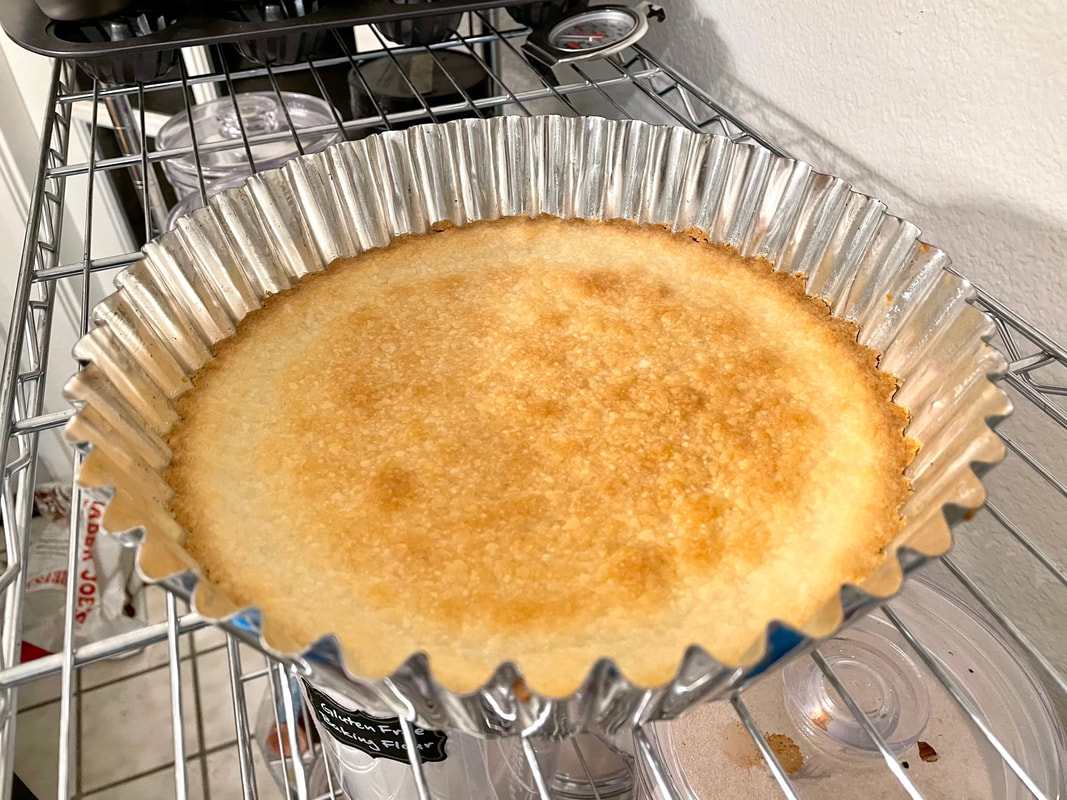
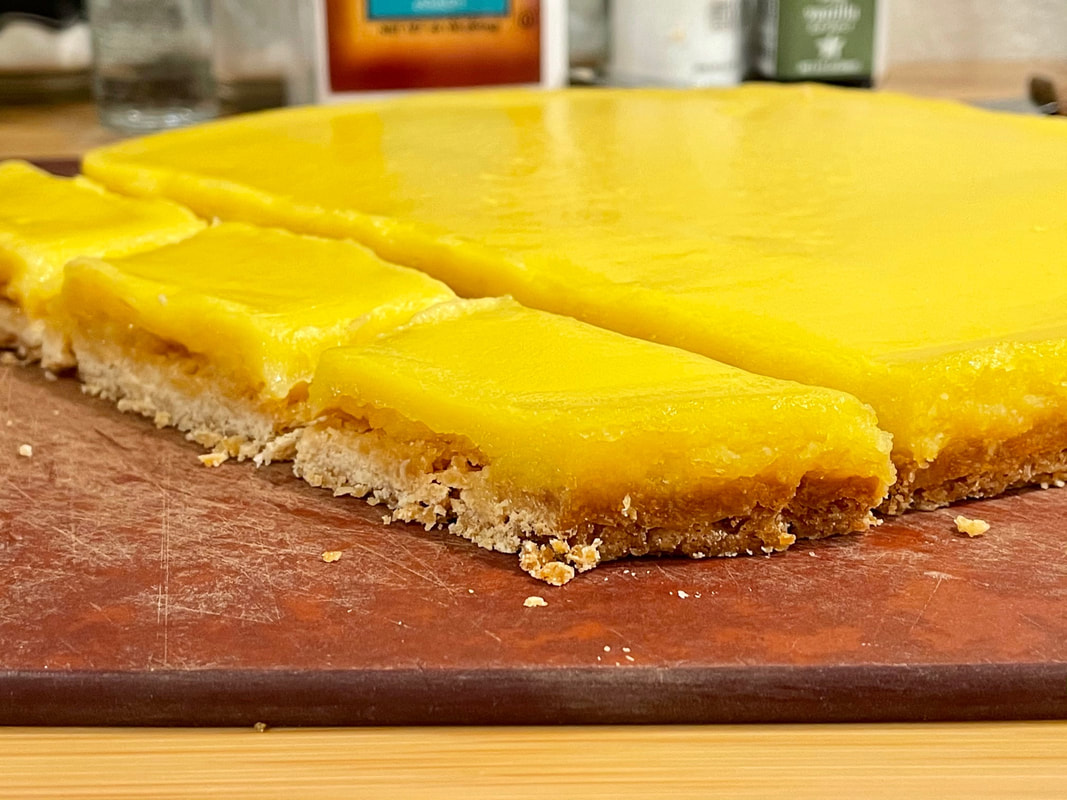
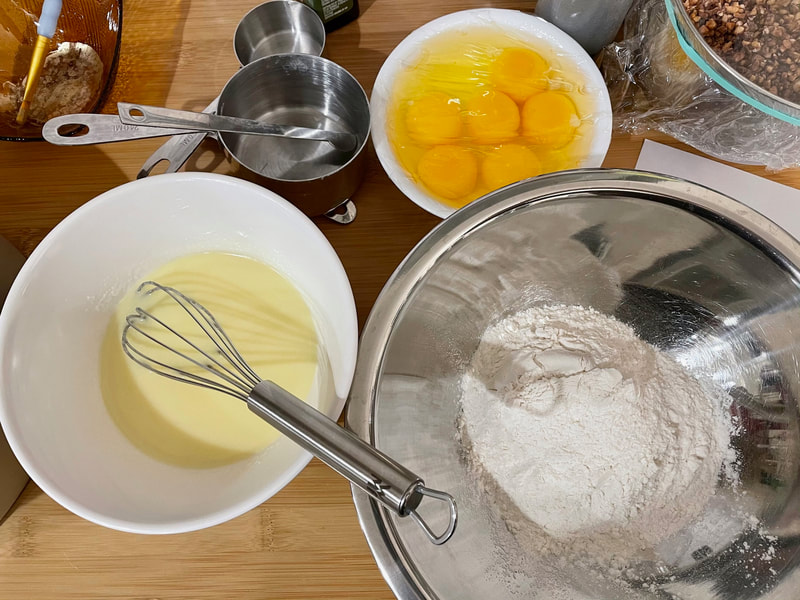
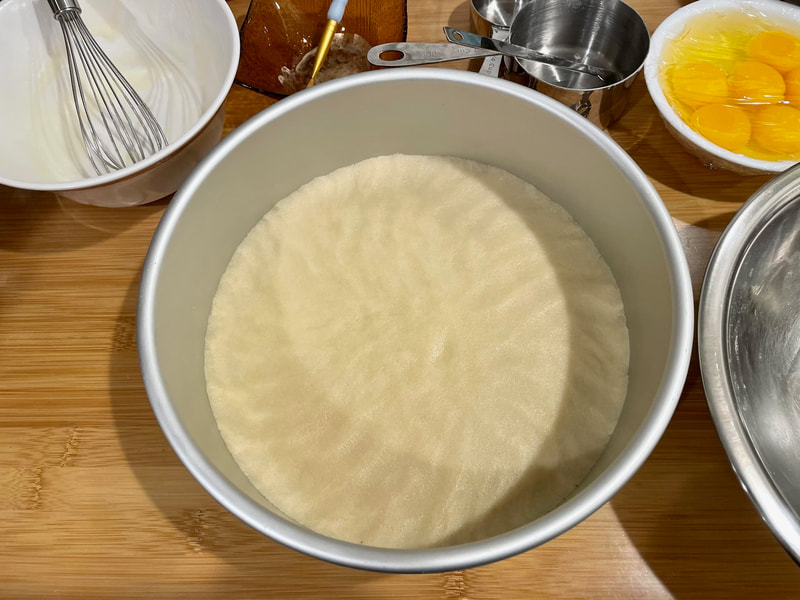
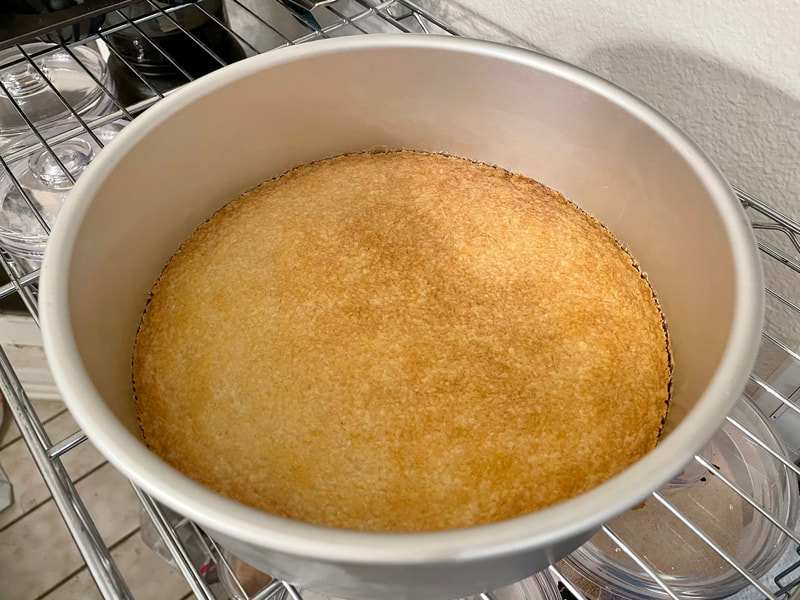
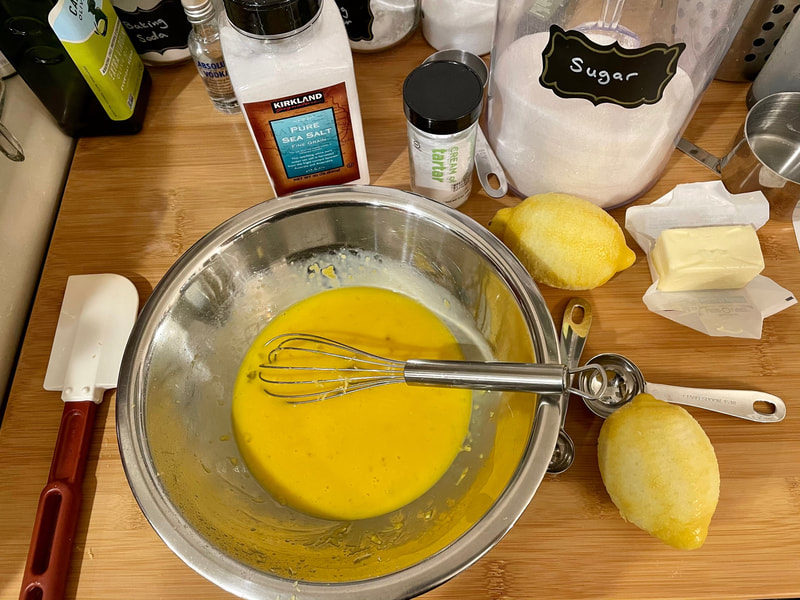
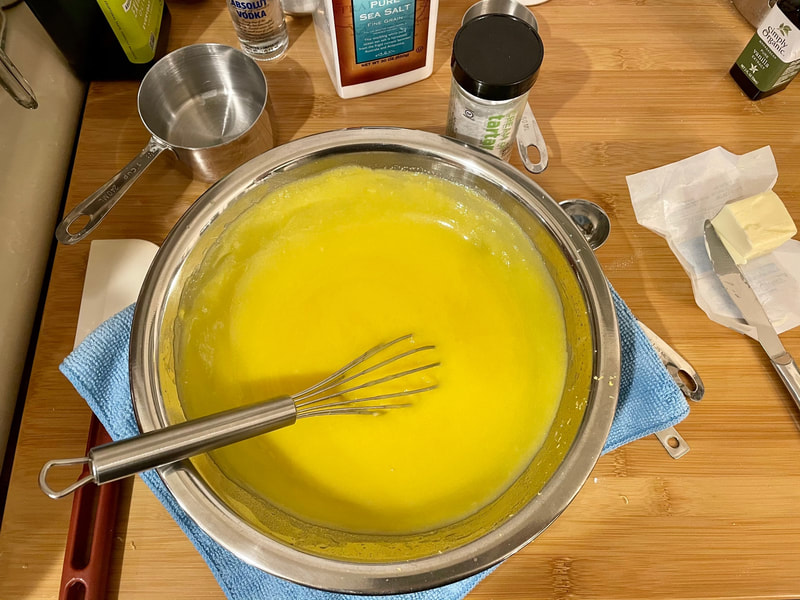
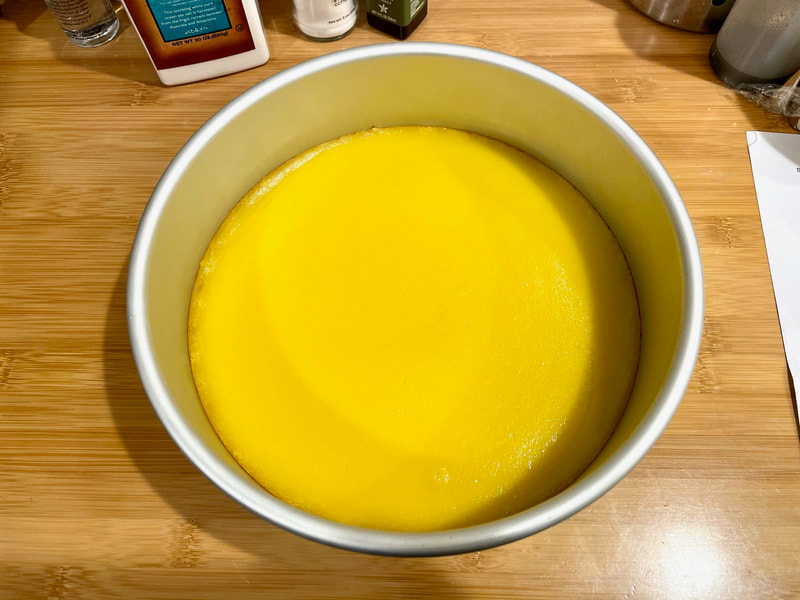
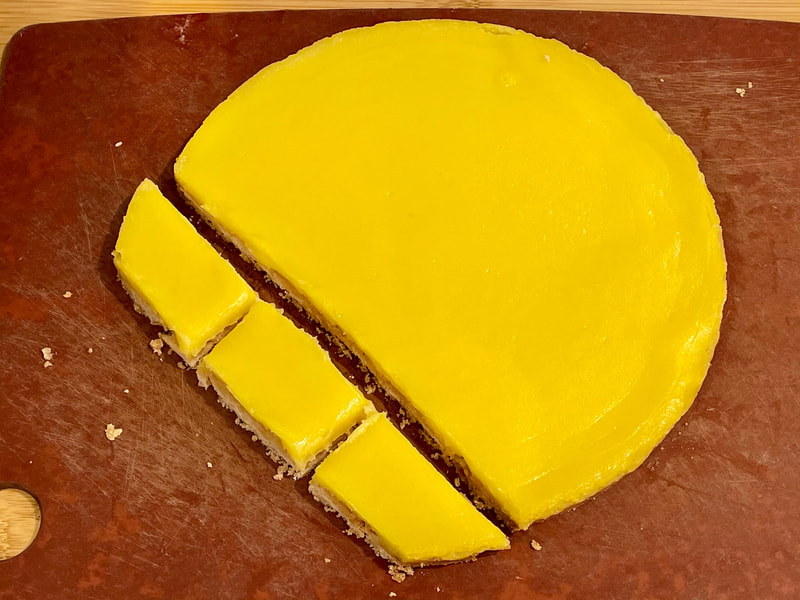
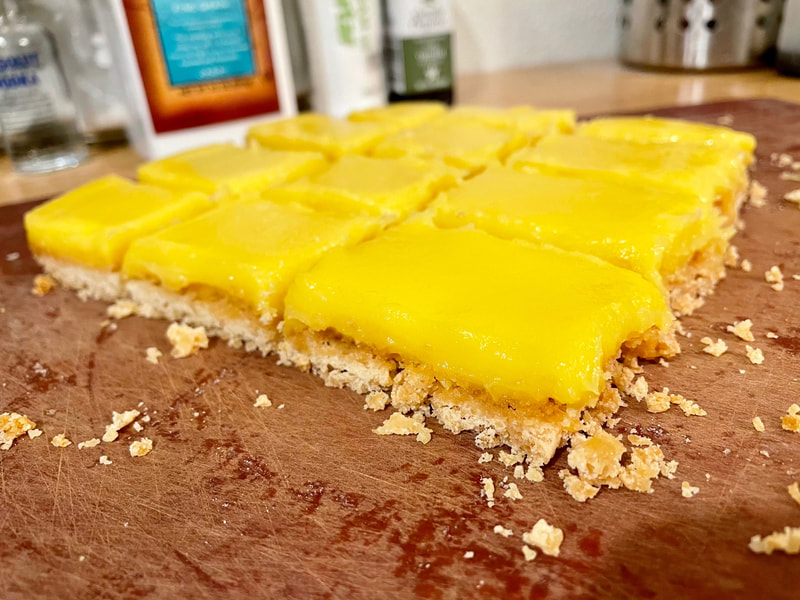
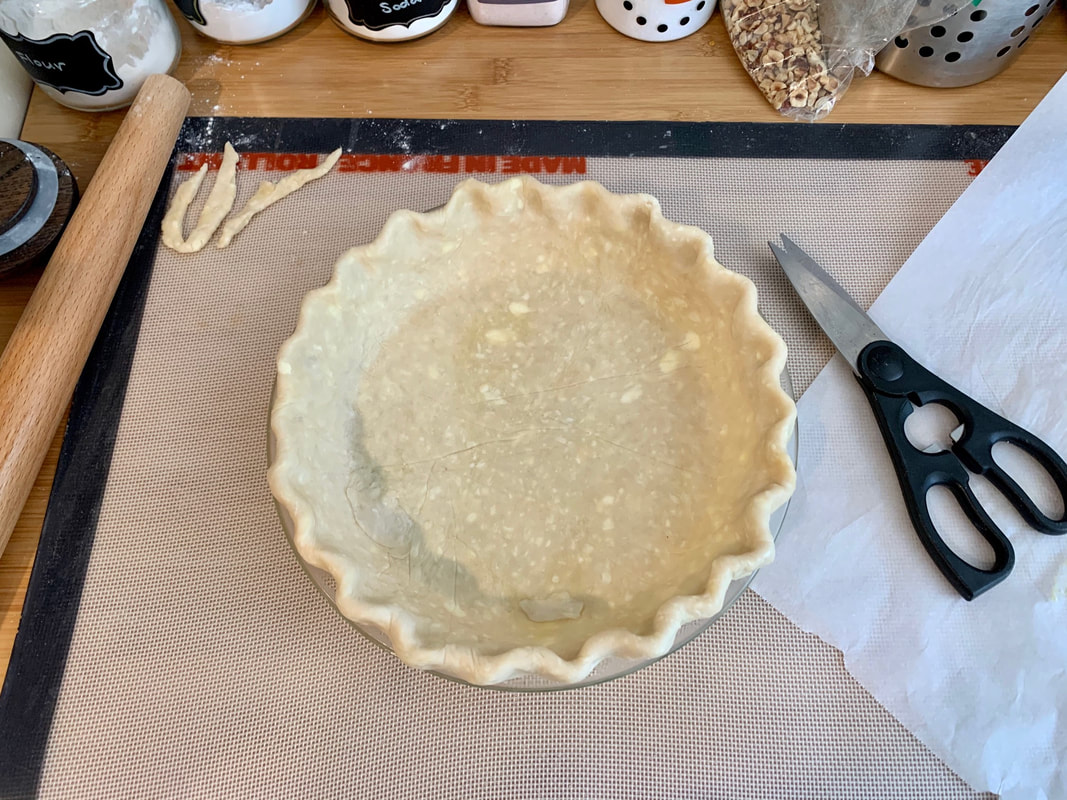
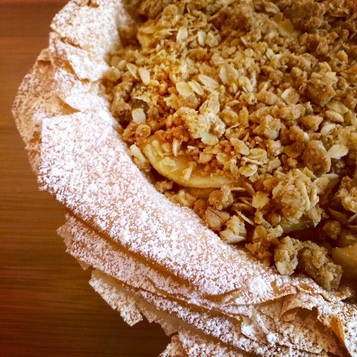
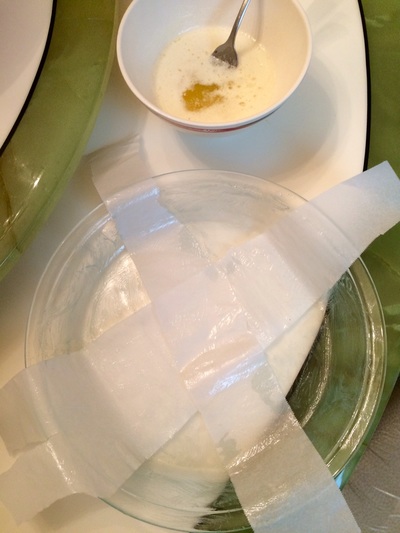
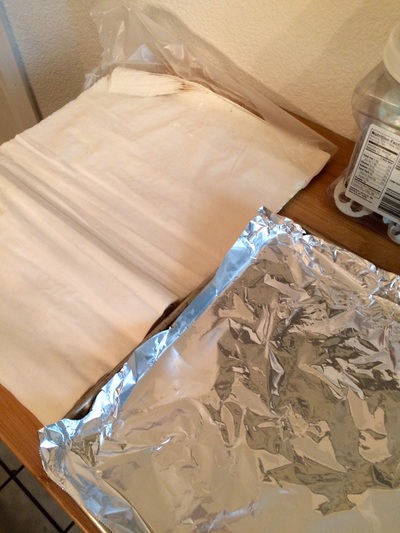
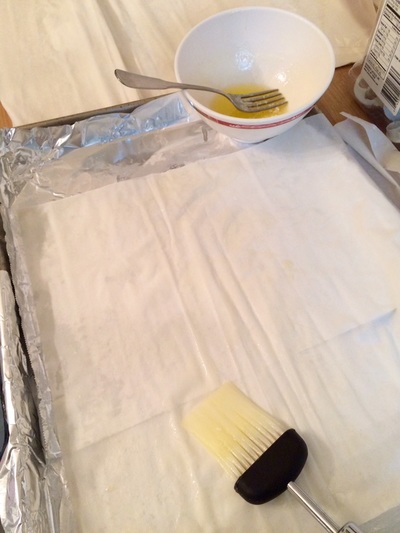
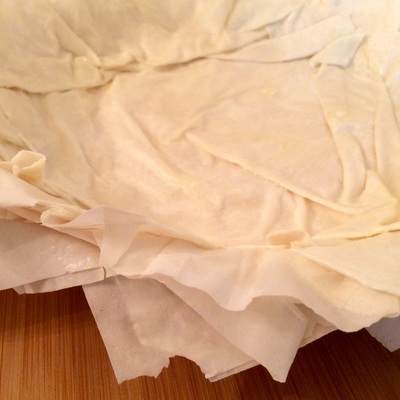
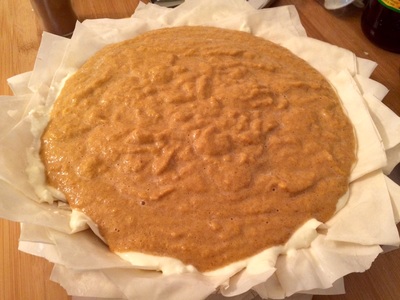
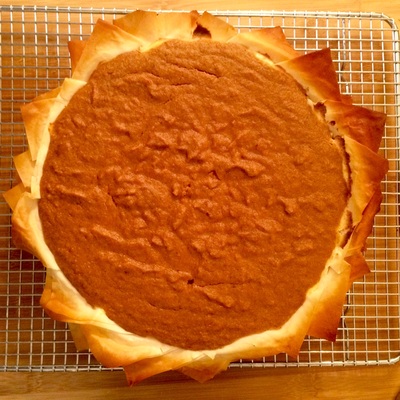
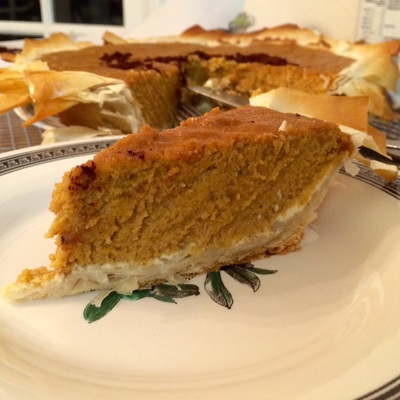
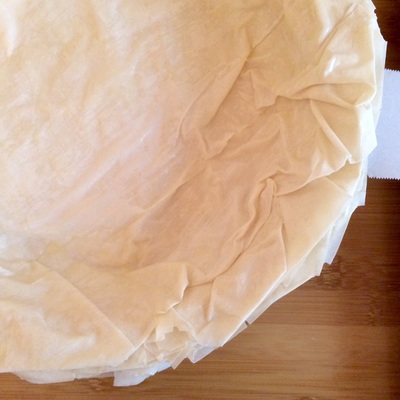
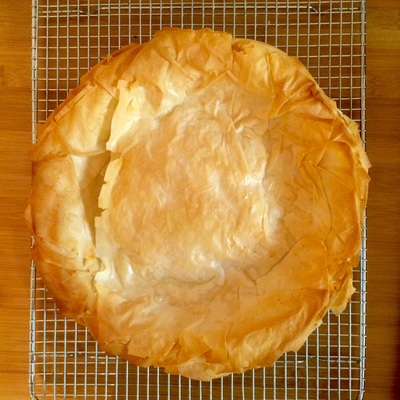
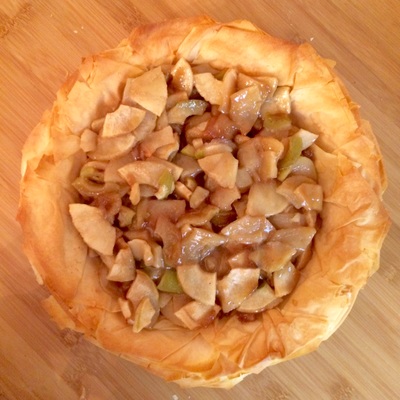
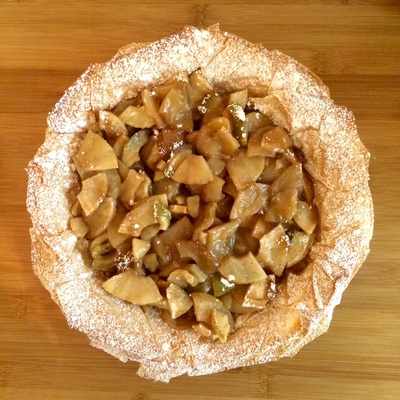
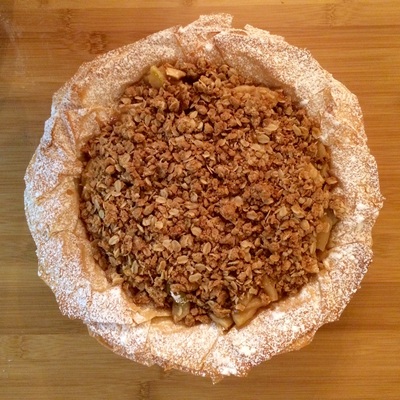
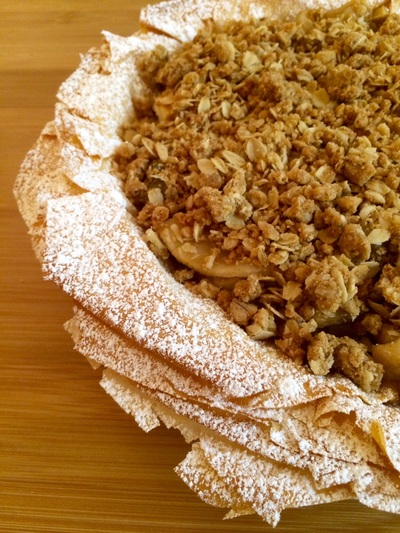
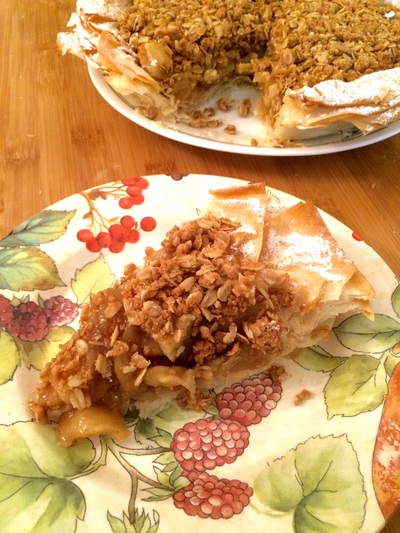
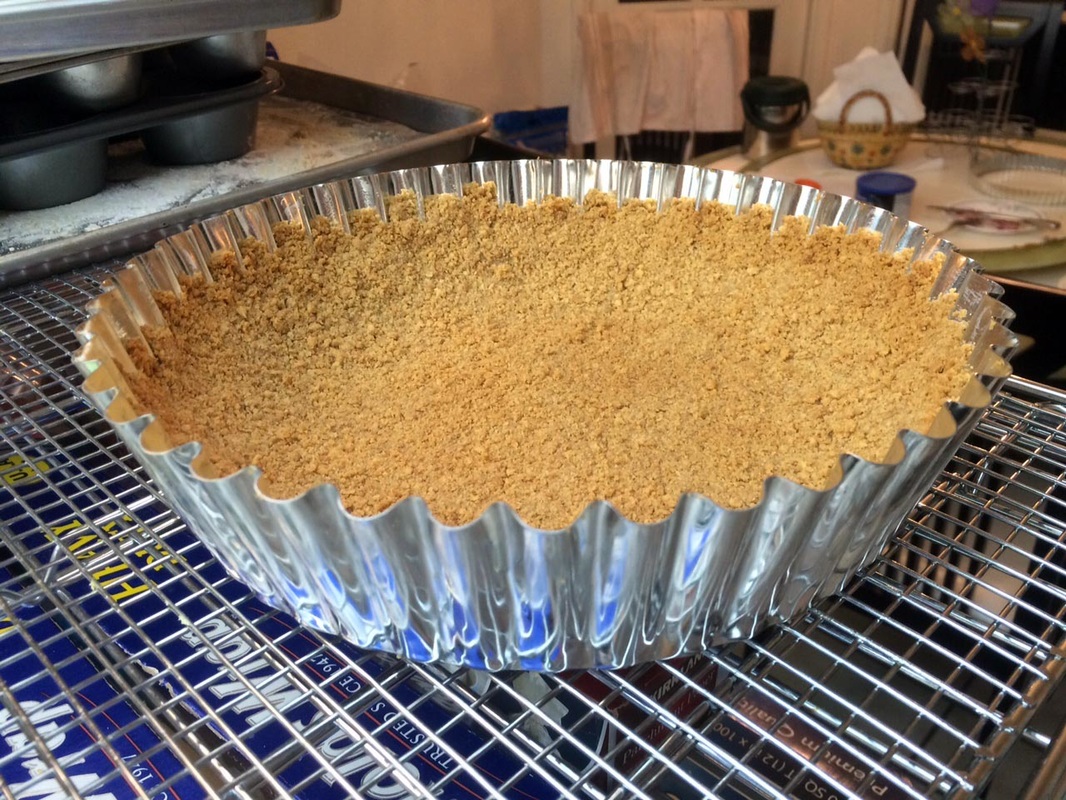
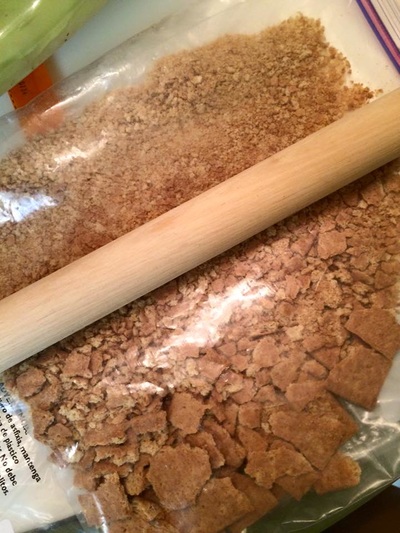
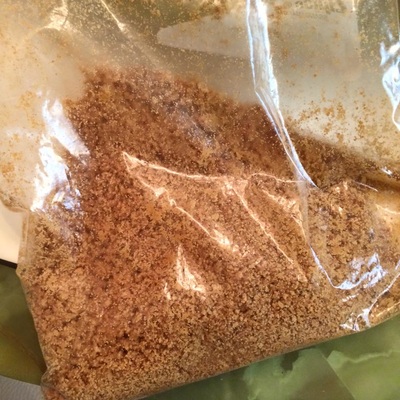

 RSS Feed
RSS Feed